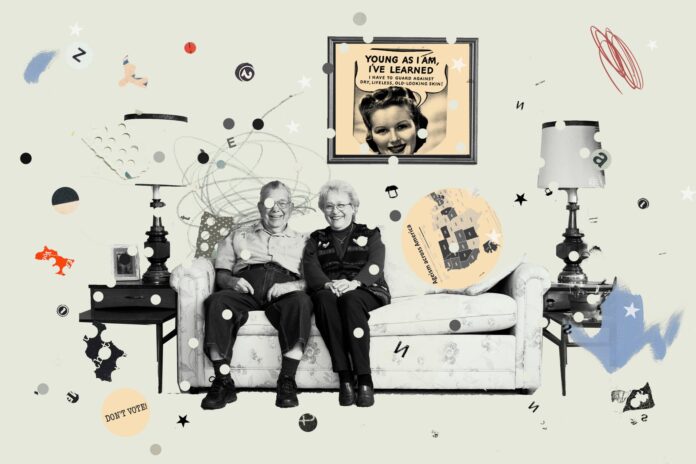The World Health Organization has begun four studies intended to define ageism and identify ways to combat it.
It happened about a year ago. I stepped off the subway and spotted an ad on the station wall for a food delivery service. It read: “When you want a whole cake to yourself because you’re turning 30, which is basically 50, which is basically dead.”
After a bunch of us squawked about the ad on social media, the company apologized for what it called attempted humor and what I’d call ageism.
And such jabs constitute mere microaggressions compared to the forms ageism often takes: pervasive employment discrimination, biased health care, media caricatures or invisibility. When internalized by older adults themselves, ageist views can lead to poorer mental and physical health.
“It’s an incredibly prevalent and insidious problem,” said Alana Officer, who leads the World Health Organization’s global campaign against ageism, which it defines as “stereotyping, prejudice and discrimination” based on age. “It affects not only individuals, but how we think about policies.”
As a first step in the campaign, announced in 2016, W.H.O. has invested half a million dollars in research. Four teams around the world are collecting and assessing the available evidence on ageism — its causes and health consequences, how to combat it, and how best to measure it.
One of the research groups, at Cornell University, has already completed its task, and is about to publish its study in the American Journal of Public Health. It brings surprisingly good news.
“Do interventions that purport to change people’s attitudes about ageism actually work?”
These were small, inexpensive, local efforts, pointed out the study’s lead author, David Burnes, now a gerontologist at the University of Toronto. They included:
- A program in which undergraduate psychology students corresponded with older adults by email, developing deepening relationships over six weeks.
- A gardening project that brought fourth-graders to a Tennessee senior center twice weekly for a month.
- A four-session program in an Australian high school, incorporating discussions, games and role-playing about aging and adult development.
Almost universally, after such interventions, participants showed significantly less ageism on attitude tests and greater knowledge of aging than comparison groups that hadn’t taken part. The combined educational and intergenerational approach proved the most effective.
Although studies have found that children as young as three or four already hold ageist ideas, now “we have research showing that we can overcome it.”
Source:
Span, P. (2019, April 26). Ageism: A ‘prevalent and insidious’ health threat. The New York Times. https://www.nytimes.com/2019/04/26/health/ageism-elderly-health.html.
Comment:
Ageism seems like something to be addressed in the bigger scope of the aging population in Columbus. When tackling a design problem, you want to think of multiple stakeholders and people involved. Older adults are not the only people involved—and anyone who is not an older adult has different perceptions of what aging means and is like. Maybe the intervention needs to be in a population that actually isn’t the aging population. This study pointed out that ageism is a proven thing, but now they have proven data and ways to show reduction of it. This post also brings up a valid point of marketing— and how it can promote ageism and I am wondering if it could also help reverse ageism and give aging a different perspective. I wonder what people who are actually older adults think of aging— because others can often have negative views of aging (hence ageism).




